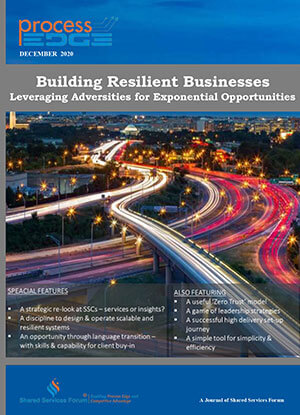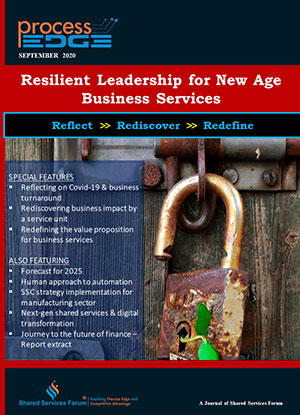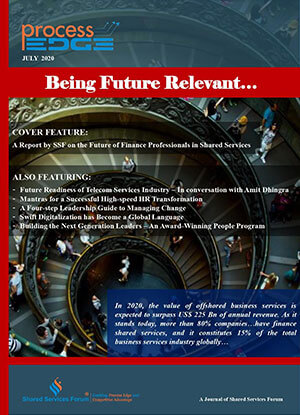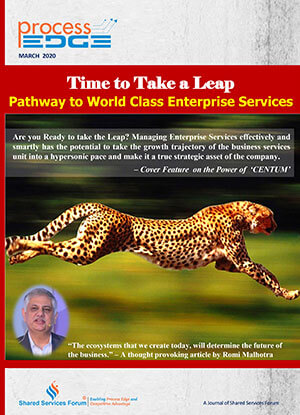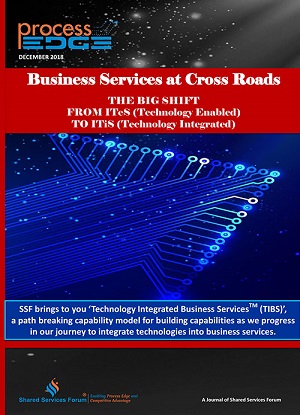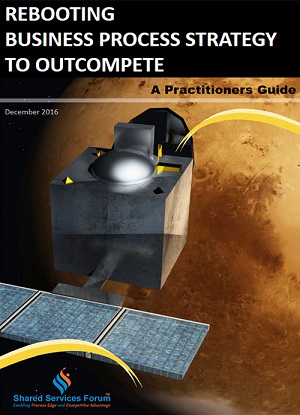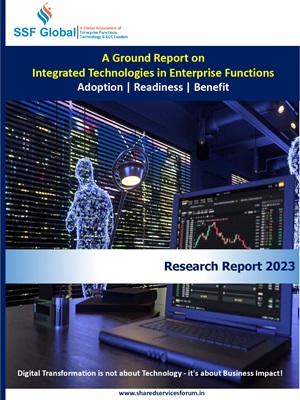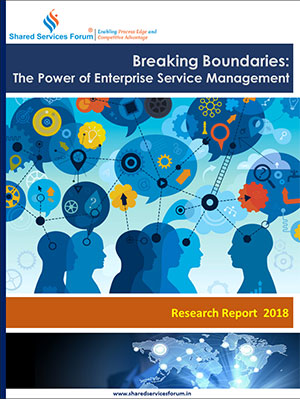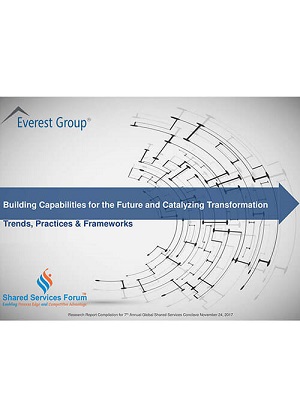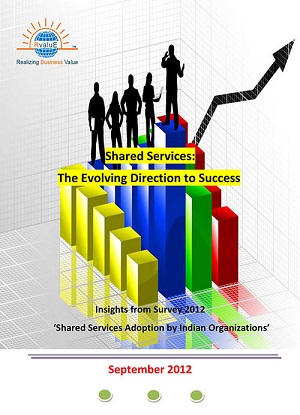
Would you like to start a conversation with other industry leaders to brainstorm a challenge or to just know more on a particular topic?
Engage in online discussions with your Peers
Start NowAugust 11, 2016
Robotic process automation tools are being used in combination with web and social media analytics to draw insights on customer behaviour and to conduct competitor analysis
If you have grown up on sci-fi novels and movies like I have, it might be a bit difficult to accept the argument that robots are good for the human race. But if you leave the fantasy world aside and look around, you will see a wonderful world of humans and machines working together, and not pitted against each other as in the make-believe world we have created in our minds.
The seeds of the Frankenstein complex, or the fear that mechanised beings will turn on their creators, that Issac Asimov planted in our psyche decades ago are best discarded as we step into a future where robotics or artificial intelligence will co-exist with human effort. Robotics will continue to add to human abilities at work, home and play, rather than just kill skills or take away our livelihood, as many fear.
Robots in our midst
Robotics has been a part of our lives for a long time, but its nature and capabilities have evolved so much that we are now looking at it with renewed interest, and sometimes anxiety.
Industrial robots have made work in factories and farms easier, safer and more productive. They have taken over hard, physical tasks from human beings and left us with time and energy to focus on other activities to take our business forward or find time to enjoy leisure activities. We hear of new uses of physical robots every now and then—robots as drones conduct espionage, fight wars and deliver goods; robots are helping law enforcement in bomb disposal and in fighting criminals; the robotic arm is helping surgeons improve the outcome of procedures by taking over tasks that need high precision.
Besides electro-mechanical robots, we are now seeing a rise in virtual or software robotics. Software robots reside in virtual networks—in office servers, a cloud network or the processes that a Business Process Management (BPM) partner runs for you. These are robotic capabilities that conduct rule-based, intelligent functions and can mimic human beings in a range of activities. This kind of robotic, or machine-learning, is capable of processing documents, responding to customer queries, reading and organising data, making relevant suggestions based on records of previous queries or location based data, and much more.
From the Interactive Voice Response System (IVRS) that greets you when you call the bank and automatic sorting of e-mails into spam folders, to Apple’s Siri that works as a personal assistant or Google’s instant language translator, we are already using robotics in our everyday life. Now, we are moving to the next stage where robotics will handle most of our low-skill, repetitive tasks, thereby reducing the time taken to complete a job, cut down costs significantly, improve the accuracy and quality of the outcome, and enhance customer satisfaction. It will allow businesses to redirect resources to jobs that require better skills, often those that involve knowledge and judgement, and come with better pay and higher satisfaction.
Robotic process automation—the next big disruption
Robotic Process Automation (RPA) is a set of software-based automation tools being used by BPM companies to process repetitive, low-end tasks without any human intervention. Many of these tasks when conducted manually took a lot of time and were prone to errors, thereby affecting productivity and customer satisfaction. With RPA, such rule-based transaction processing, when combined with human intelligence, presents possibilities that were considered unimaginable until now. Andrew McAfee and Erik Brynjolfsson call it the second machine age in their book, The Second Machine Age: Work, Progress, and Prosperity in a Time of Brilliant Technologies. Published in 2014, the book says the first industrial age augmented our muscles, and the second machine age is automating even cognitive tasks, and thereby augmenting our minds.
This is precisely why RPA is seeing adoption across industries, helping companies streamline operations, reduce costs, drive revenues and grow customer satisfaction. WNS has done over 20 integrated robotics solution implementations and proof of concepts for various vertical-specific processes such as in
insurance, finance and accounting, procurement, customer experience and back-office
service areas.
Co-existence of robots and humans
Let me cite a couple of examples to illustrate how RPA adds to human effort, thus helping companies transform their processes.
While processing invoices from suppliers, accounts managers need to manually enter the invoice data into the organisation’s enterprise resource planning (ERP) system. It is a time-consuming process that is prone to errors, besides leading to complexities arising out of validations that other systems may require. Now, we have robotic tools that extract the data from invoices, apply complex rules to process it and post it in the ERP system. In the case of exceptions, it gets diverted for human intervention. This is where human-machine co-existence comes in.
Airlines are estimated to lose around 1% of their total revenue due to leakages in their systems, including during fare auditing. Manual fare auditing is again prone to errors that affect the amount of recoveries airlines make. Using RPA tools such as our proprietary, Verifare PlusSM, we can now automatically fetch airline and passenger data, conduct validation checks and capture the complete audit trail for any future reference. All these processes are done without any human intervention. Besides improving the efficiency of their processes and eliminating errors, airlines can now relieve human resources from these mundane tasks and use them for revenue recovery.The use of RPA is for both rules-based processes for structured data, as illustrated above, and inference-based processes for unstructured data to derive business insights and probabilities. In the latter, RPA tools are being used in combination with web and social media analytics tools to draw insights on customer behaviour and to conduct competitor analysis. With such a solution, a company can automatically draw data from multiple portals and social media sites, and conduct validation checks and error-proofing. The results of this data mining exercise will then be analysed by data analysts to help the company’s leaders take better business decisions. Here, too, human intelligence must complement RPA capabilities. According to recent research from the London School of Economics, the tireless robotic workforce that puts in work 24/7 can bring companies return on investment up to the tune of 600-800% in three years. RPA also helps a company instantly increase or reduce effort depending on the workload, without having to worry about recruiting and training people during a surge in demand, and then taking them off those tasks after the demand is over.
Over the years, technology has taken away certain jobs and created new ones. As RPA takes over mundane tasks, it leaves strategic and creative jobs that involve human thinking to people. In 2015, economists from Deloitte released a study in which they said technology has helped increase the spending power of consumers, thus creating demand for new goods and services, and new jobs. They studied census data from 1871 in England and Wales and concluded that rather than destroying jobs, technology has been a “great job-creating machine.”
Robotics is not going to be any different. It is leading us to discover new possibilities, create new skills and imagine a new role of us as workers and business leaders.
Source: The Financial Express






